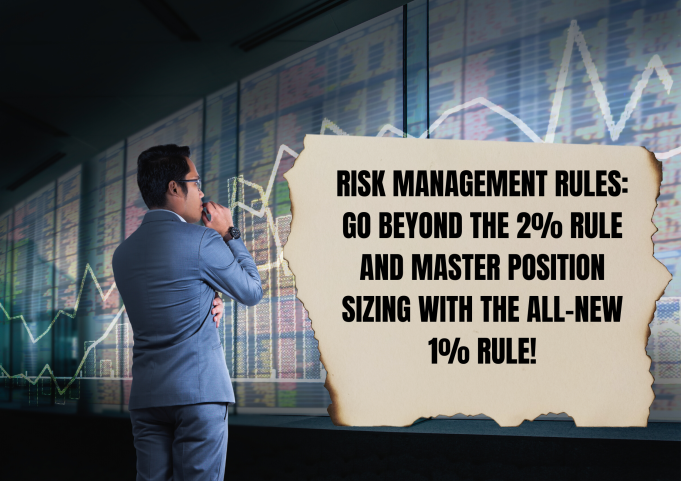Proper risk management is an essential aspect of trading or investing, no matter how big or small your portfolio may be. Without proper risk management, a single poorly managed trade could blow up your account and bring considerable losses. To help eliminate unnecessary decisions and reduce potential losses, it is important to have a trading system in place. This involves establishing your investment horizon, risk tolerance and capital as well as determining position size.
One of the best ways to manage risk is following the 2% or 1% rule. This involves limiting the amount of capital to risk on a single trade to 2% or 1% of your trading account. For example, if you have a $5,000 account, you shouldn’t risk more than $50 or $100 for each trade. This is helpful for investment styles involving entering a few longer-term positions, as well as for more short-term and volatile investments, including cryptocurrencies.
However, it is important to note that the 2%/1% rule doesn’t mean that you should only trade with that exact amount of capital. It only means that if the trade goes wrong, the loss will stay within that amount. To determine your position size, you need to determine where your trade idea is invalidated and set a stop-loss order accordingly.
For example, if you have a $5,000 account with a 1% risk and a stop-loss order 5% away from the entry point, then the position size should be calculated as $5,000 x 0.01 / 0.05 = $1,000. If the invalidation point increases to 10%, then the position size is cut in half, to $500.
To properly apply this model, you need to consider other factors such as the fees and potential slippage, especially if you’re dealing with lower liquidity instruments. To learn risk management principles, the best way is to put your knowledge to the test. You can practice with a trading simulation or go to Binance to start trading.
In conclusion, proper risk management can help you reduce potential losses by setting a position size based on your account size and risk tolerance. Establishing a trading system through the 2%/1% rule and determining your invalidation point is a great way to practice risk management and increase your chances of success in the markets.













